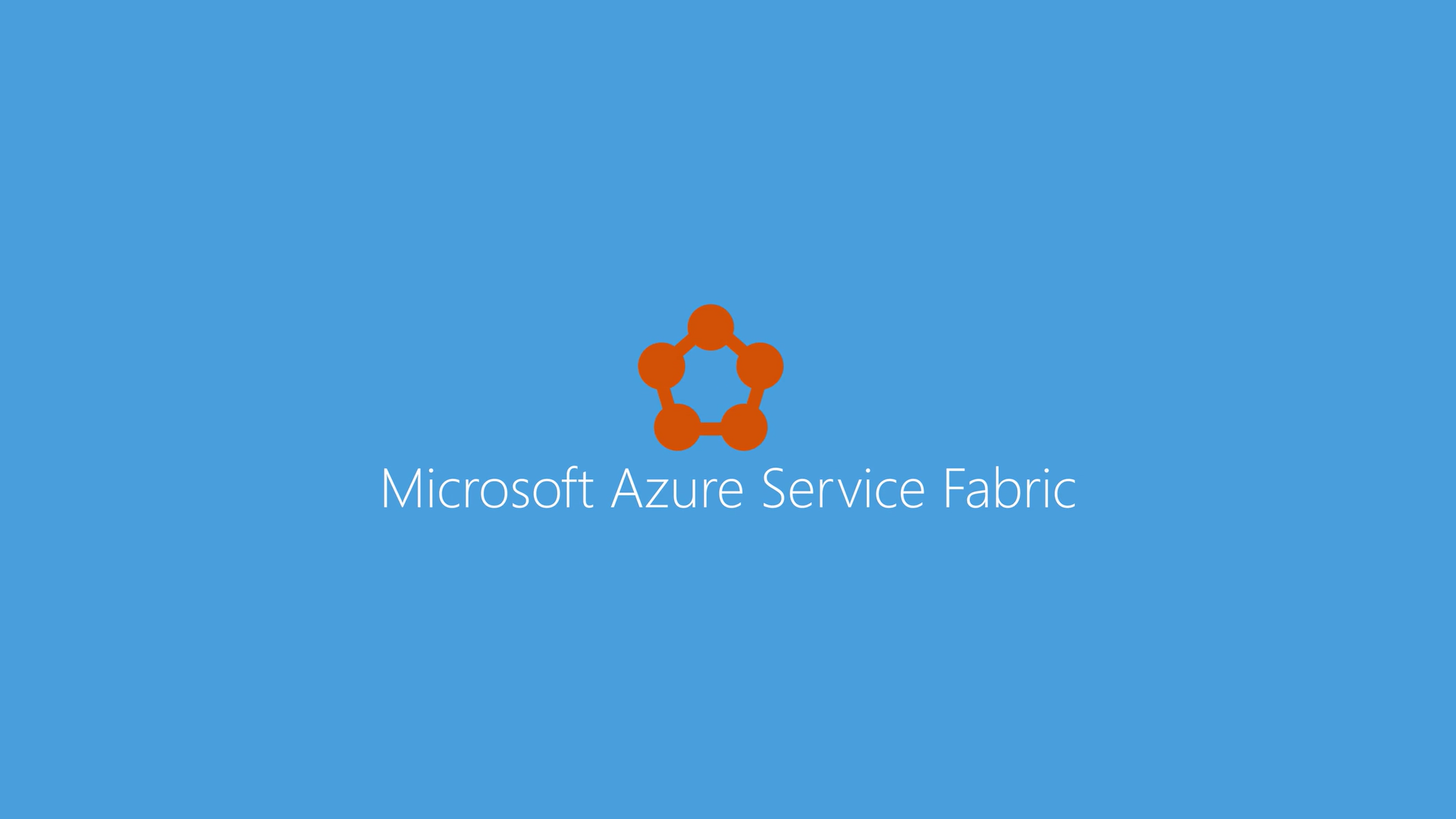
Introduction to Microservices with Azure Service Fabric
The shift to cloud architectures has coincided with a shift towards smaller, purpose-built services. Instead of classic “monolithic” architectures which are large, tightly-coupled, and slow to evolve, most architects prefer “microservices”.
Microservices are purpose-built services that do one thing well and can be utilized by one or more consumers in a distributed environment. They have minimal statefulness, allowing for easier scaling and distribution. Microservices are federated and can be viewed as an extension of “Service-Oriented Architecture”, allowing businesses to build (or buy) best-of-breed solutions and reuse them instead of reinventing the wheel in every application.
There are a few platforms for deploying and managing microservices. The most popular are Docker and Kubernetes. Yet, one of the best options is Microsoft’s Azure Service Fabric. Let’s review the pros, cons, and resources for getting started.
